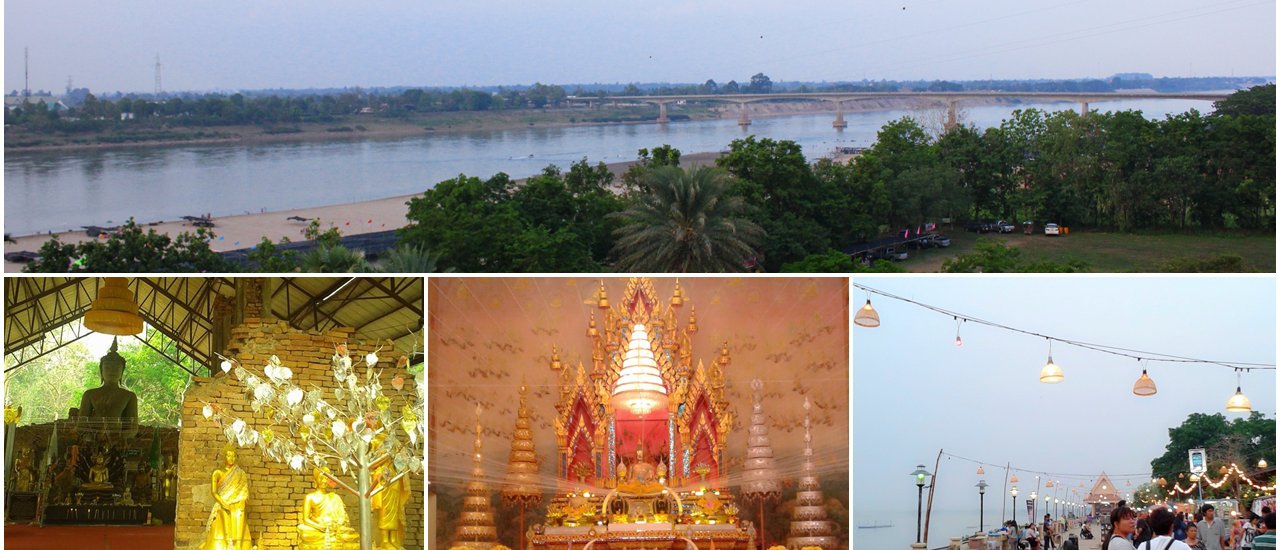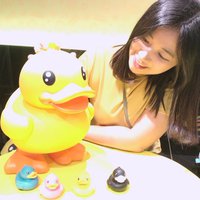Nong Khai is a peaceful border province in the upper northeastern region of Thailand, situated in the Sakon Nakhon Basin. It boasts numerous captivating tourist attractions.

Visiting Nong Khai requires paying homage to Luang Pho Phra Sai at Wat Pho Chai. This significant Buddha statue, enshrined at Wat Pho Chai, serves as a revered symbol of the city. The temple holds the status of a royal monastery.

The Phra Sai Buddha statue is a cast bronze statue from the Lan Xang era. It depicts the Buddha in a seated meditation posture, known as the "subduing Mara" pose. The statue is gilded with gold and is considered to be of great beauty. It is also highly revered and worshipped by the local people.




Nong Khai is a renowned tourist destination famous for its "Bang Fai Phaya Nak" or the legend of the Naga serpent. However, few people know that Nong Khai also boasts a unique landmark: Phra That Bang Phuan, considered one of the seven most sacred sites in Isan. This ancient monument houses a significant stupa, making it a must-visit destination for those seeking cultural and historical immersion.

Phra That Bang Phuan is located 23 kilometers from Nong Khai Province. The architectural style is a square-based stupa. The main stupa is a twelve-angle wooden model. It is believed to have been built during the Lan Xang Kingdom's influence, possibly during the reign of King Narai the Great of Ayutthaya.



The temple also houses the ancient "Satta Maha Sathan", a rare and globally significant site found in only a few places in Thailand. The Satta Maha Sathan is a replica of seven locations associated with the Buddha: the "Bodhibalลังka", "Animis Chedi", "Ratana Jongkrom Chedi", "Ratana Ghar Chedi", "Achapal Nikrodha Chedi", "Muchalinda Chedi", and "Rajayatana Chedi". Notably, Wat Phra That Bang Phuan is the only place in the world where all seven ancient Satta Maha Sathan structures remain intact.
Ancient Buddha Statue

The Mujalinda Pagoda is a stupa located beside the Mujalinda Pond. It currently houses several Buddha statues and is covered by a roof. The main Buddha statue is an ancient image of the Buddha in the naga subduing posture.


The Legendary "Sa-Mu-Jin-Lin" Pond: A Sacred Water Source
The "Sa-Mu-Jin-Lin" pond, also known as the "Naga King Pond," is an ancient body of water steeped in legend. It is believed that after the relics of the Buddha were enshrined in the Phra That Bang Phuan, a miraculous event occurred. Water began to spout from the ground, believed to be the mouth of a naga serpent guarding the sacred relic. Subsequently, a pond was constructed at the site.
In ancient times, water from this pond was used in the anointing ceremony of newly appointed city rulers, symbolizing auspiciousness. Today, the water continues to hold great significance, being used in the royal bathing ceremony, the oath-taking ceremony, and other important rituals of the current reign.

Ancient Pagoda, One of the Seven Great Wonders

In the evening, take a walk along the Mekong River and enjoy the scenic views at Tha Sadet Market. Located on the banks of the Mekong River in Nong Khai Municipality, the **Phra That Klang Nam**, also known as Phra That La Nong, is a large stupa that once stood on the banks of the Mekong River. Due to the strong currents, the riverbank eroded, causing the stupa to collapse into the river. Today, the stupa lies submerged in the middle of the Mekong River, 180 meters from the Thai shore. The stupa, built of brick and mortar, lies tilted by the current.

The boat fare to see the Phra That is 20 baht.

The Tha Sadet Market, also known as the Indochina Market, was originally called the Tha Ruea Market. It is located along the Mekong River and offers a pleasant atmosphere for evening strolls.



Hot toasted rice, anyone? ^^






^^
ไปแอ่วกัน Fun Trip
Tuesday, October 8, 2024 11:24 AM























